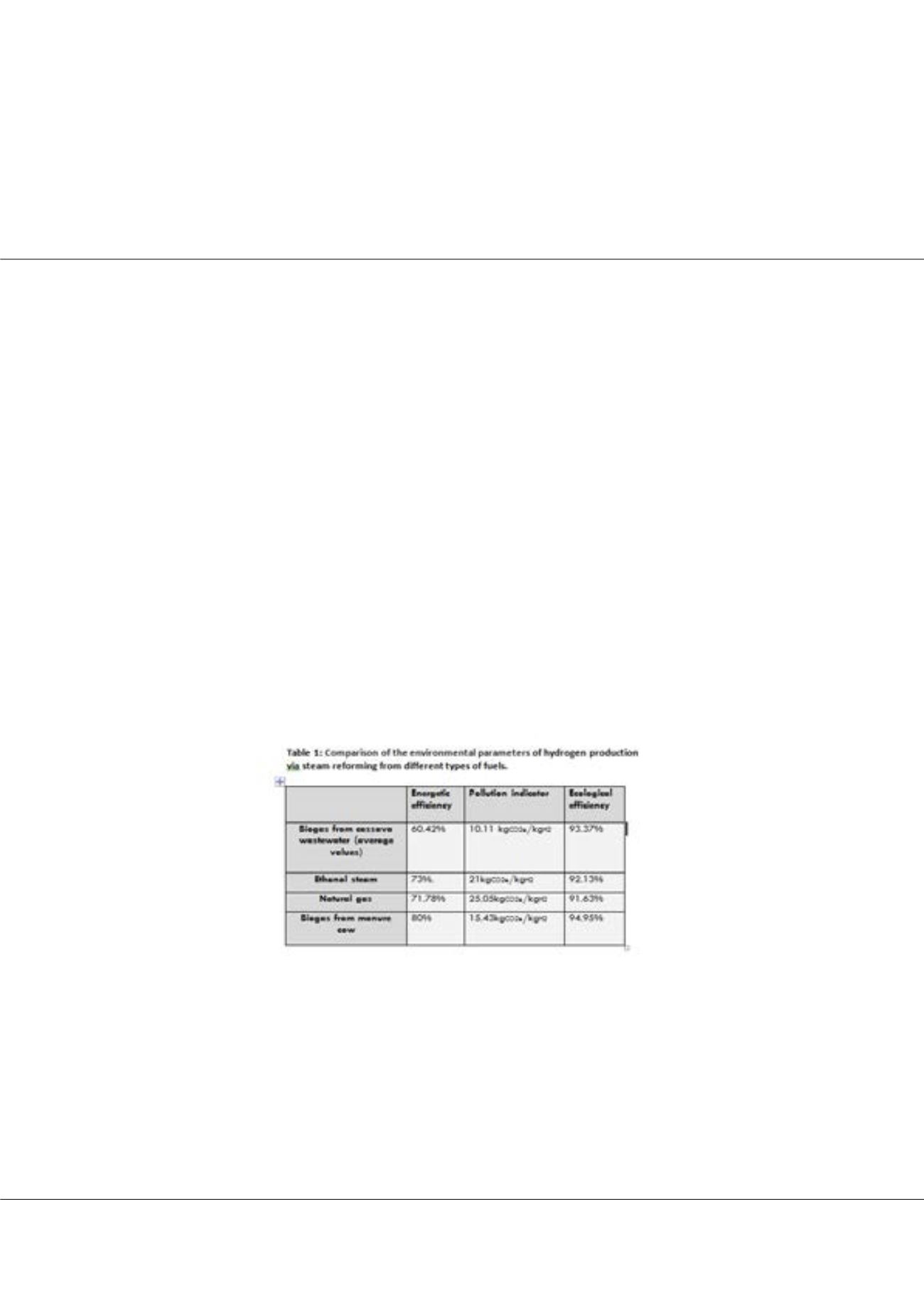

Page 54
conferenceseries
.com
Volume 8, Issue 5 (Suppl)
J Bioremediat Biodegrad, an open access journal
ISSN: 2155-6199
Biofuels Congress 2017
September 05-06, 2017
September 05-06, 2017 | London, UK
Biofuels and Bioenergy
6
th
World Congress on
Using of the ecological analysis to justify the environmental feasibility of biohydrogen Production from
cassava wastewater biogas
1
Jonni Guiller F Madeira,
2
Ronney Arismel Mancebo Boloy,
3
Angel Ramon Sanchez Delgado,
4
Flávia Renata Lima
and
5
Eluã Ramos Coutinho
Ricardo de Castro Pereira Filho
1
CEFET and UFRRJ Brazil,
2
CEFET Brazil
3
UFRRJ Brazil,
4
UFRRJ, Brazil,
5
UNESP, Brazil
T
he use of bioenergy has turned into a good alternative for reducing the emission of pollutant gases. In Brazil, this sort of energy
has increased in usage during the last years. Biohydrogen, produced from cassava, appears as an alternative fuel to fossil fuels
and, also, becomes economically competitive, since this is a low cost carbon source. The repertoire of results about the ecological
impact from the production of bioenergy from cassava wastewater is very limited because, in general, this commodity is more
common in underdeveloped countries. This paper evaluates and quantifies the environmental impact of electricity production in a
cassava wastewater treatment plant. The ecological efficiency methodology developed by Cardu and Baica [Regarding a new variant
methodology to estimate globally the ecologic impact of thermopower plants. Energy conversion and management 40, no. 14 (1999):
1569-1575] is used as a benchmark in this study. The methodology mainly assesses the emissions of equivalent carbon dioxide (CO
2
,
SOx, CH
4
and particulate matter), pollutant indicators and ecological effects of a cassava wastewater plant utilizing biohydrogen as
energetic carrier. As a result some environmental parameters, such as equivalent carbon dioxide emissions, pollutant indicator and
ecological efficiency are evaluated due to the fact that they are important to electricity production. In this way, the environmental
parameters was calculated to evaluate how interesting is the process from the environmental feasibility point of view. The average
values of the environmental parameters among different biogas compositions was calculated, the average pollution indicator was
10.11 kgCO
2
e/kgH
2
with an average ecological efficiency of 93.37%. As a conclusion, bioenergy production using biohydrogen from
cassava wastewater treatment plant can be justified by the determination of environmental parameters, allowing innovation for
producing energy from a cassava wastewater treatment plant, and adding important findings to the energy industry.
Biography
Jonni Guiller Ferreira Madeira is a mathematician with a Master's degree in Nuclear Engineering. He is a researcher and teacher at the Federal Center for
Technological Education Celso Suckow da Fonseca (CEFET-Angra dos Reis) and PhD student at Federal Rural University of Rio de Janeiro, both institutions are
located in Brazil. His Researcher is related to mathematical modeling, nuclear energy, thermodynamics and biohydrogen. Its recent research is related to exergetic
analysis, economic analysis and ecological analysis of the production of biohydrogen from cassava wastewater.
gaiada123@hotmail.comJonni Guiller F Madeira et al., J Bioremediat Biodegrad 2017, 8:5(Suppl)
DOI: 10.4172/2155-6199-C1-008
















